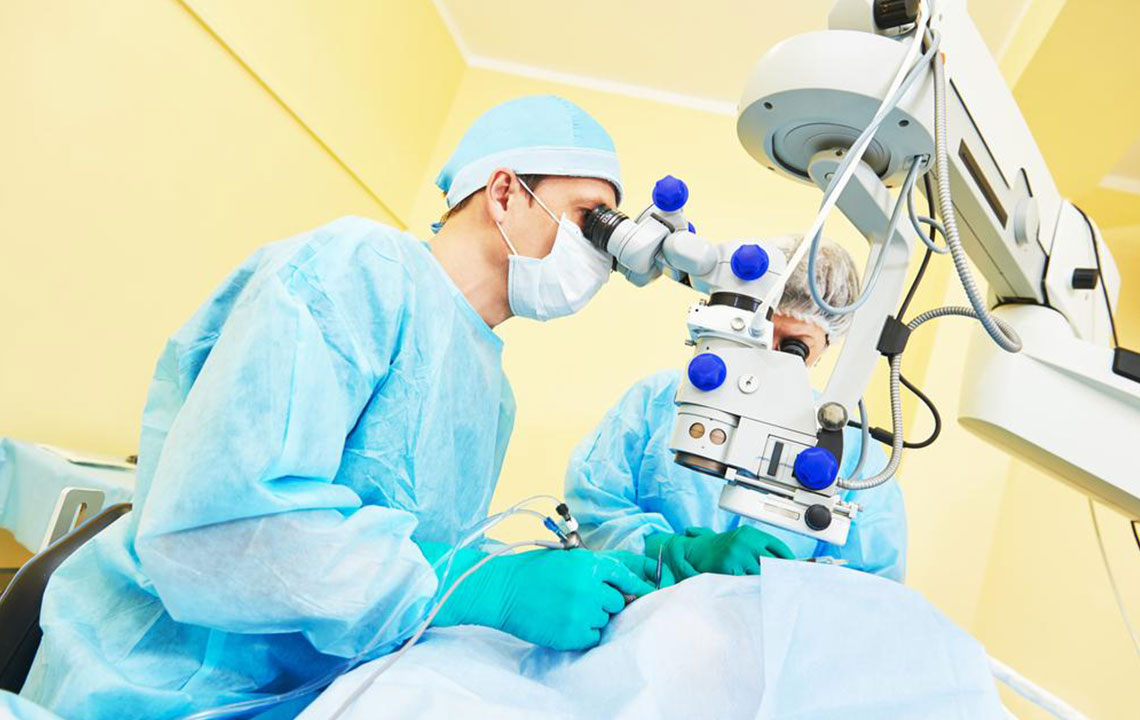Laser spine surgery and other spinal stenosis treatments
Spinal stenosis refers to the narrowing of the spinal canal and it isn’t always painful by itself. However, if the narrowing causes any pinching or compressing on the spinal cord or spinal nerve roots, chronic pain including loss of flexibility, trouble walking, sitting, or leaning backward can occur. To ease these symptoms, treatment options like a laser spine surgery are considered.
The exact location of the symptoms caused by spinal stenosis depends on the part of the spine where the narrowing occurs.

- Stenosis in the neck (cervical spine) that compresses a nerve root can cause radiating symptoms out to the shoulders, arms, hands, and fingers.
- Stenosis in the middle (thoracic) spine can cause radiating pain around the ribcage.
- Stenosis in the lower (lumbar) spine can cause symptoms in the lower back, buttocks, hips, legs, and feet.
The most common cause of spinal stenosis is aging. Tissues in the spine may start to thicken, thereby compressing the nerves. Conditions like osteoarthritis and rheumatoid arthritis may also contribute to spinal stenosis.
A condition often related to spinal stenosis is sciatica. This pain occurs when narrowing of the spinal canal compresses the sciatic nerve, which originates in the lower back. People suffering from sciatica often experience burning pain; tingling; and muscle spasms and weakness in the hips, buttocks, and legs.
Myelopathy is a similar condition caused when stenosis compresses the spinal cord in the neck region. Specific symptoms are a loss of fine motor skills, difficulty in walking, shooting pains in the arms, and a feeling of heaviness in the limbs.
The best spinal stenosis treatment plan depends on the specific symptoms one experiences. In most cases, the first step in treatment is a course of nonsurgical conservative therapies aimed to alleviate the pain of spinal narrowing. If at least six weeks of conservative treatment does not prove effective in easing the symptoms, surgical options, such as laser spine surgery, are considered. If there are concerns associated with a traditional open back surgery, then the minimally invasive spine surgery (which can also be a laser surgery for spinal stenosis) is an alternative which is performed at many laser spine institutes at various locations. These institutes offer minimally invasive decompression surgery and minimally invasive stabilization surgery to help treat conditions associated with spinal stenosis.















